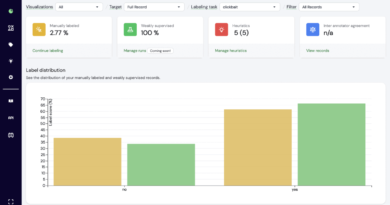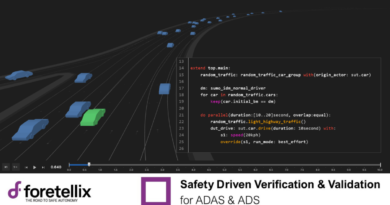Climate startup CUR8 raises $6.5M from GV for its market-making platform for carbon removals
The IPCC has said the world needs to remove 10 billion tons of carbon dioxide out of the atmosphere by 2050 in order to avoid a climate cataclysm. And, yes, there are multiple methods for carbon removal today, such as planting more trees (afforestation), sucking CO2 out of the sky (direct air capture) and spreading CO2-absorbing rock on agricultural soil (“enhanced weathering”). But it’s widely accepted that none of these methods alone will solve the carbon problem, and that the carbon removal industry is a nascent one, and often full of scams and chaotic messaging, to put it mildly.
Indeed, it was recently revealed that more than 90% of rainforest carbon offsets offered by the biggest certifier were worthless and could in fact worsen the problem. Research into Verra, the world’s “leading” carbon standard for the $2 billion voluntary offsets market, found more than 90% of their rainforest offset credits were likely to be “phantom credits.”
It’s examples like this that deter companies from investing in carbon removals solutions as part of their net-zero commitments.
So, ideally, companies would be able to buy across the board of all these solutions, to hedge their carbon bets. The trouble is, that is quite hard. Companies would have to invest in multiple programs to create a carbon portfolio.
CUR8 is a U.K.-based climate tech startup that thinks it has the answer. It’s building a market-making platform for carbon removals. Their idea is to provide high-quality portfolios of carbon removals, effectively allowing customers to make bets on a wide variety of these products.
It’s now raised $6.5 million (£5.3 million) in pre-seed funding led by GV (Google Ventures). Also participating was CapitalT.
The company has a pretty crack team. It was founded in 2022 by serial fintech entrepreneur Marta Krupinska (co-founder of Azimo, and former Google for Startups U.K. lead), climate scientist Dr. Gabrielle Walker (founder of nonprofit Rethinking Removals) and Mark Stevenson (a former advisor to U.K. Ministry of Defense).
Over an interview, Krupinska told me: “We call ourselves a market maker. The reason why we’re not a marketplace is it is both a supply and demand constrained market. There is very little stock available. And there are very few buyers. So we don’t believe that just being a marketplace is enough. We believe that it needs to be a much more tailored approach. So our first product is a portfolio of highly curated carbon removals from across the technological spectrum.”
How does it work? CUR8 buys carbon removal credits from suppliers it has vetted, and builds these carbon removals portfolios, combining different strategies and methods. For example, these include direct air capture (1pointfive), enhanced rock weathering (UNDO) and durable soil carbon (Loam Bio).
CUR8 also plans to abide by the industry-standard set price of £150 per carbon removal, the idea being that gradually the price will come down over time as the market scales.
Krupinska says she teamed up with Dr. Walker because she is a “super impressive woman who has spent the last 30 years working on climate,” in order to expand on this combined portfolio approached.
Walker taught Natural Sciences at Cambridge and Princeton, ran the New Scientist magazine, advised Al Gore about carbon removals and was one of those who got removals on the agenda at COP 26, Krupinska added. “She realized the power of business to just move faster [than governments] and that there is room for for an organization that will play a role of a market maker in carbon removals.”
The platform says it has already provided carbon removals for landmark royal events, including The Queen’s Platinum Jubilee Pageant and The State Funeral of HM Queen Elizabeth II and large-scale events including British Summer Time and All Points East.
CUR8 will to some extent compete with Andreessen Horowitz-backed Patch.
Luna Schmid, partner at GV, said: “We believe that carbon removals play a critical role in helping to solve the challenges posed by the current climate crisis.”




